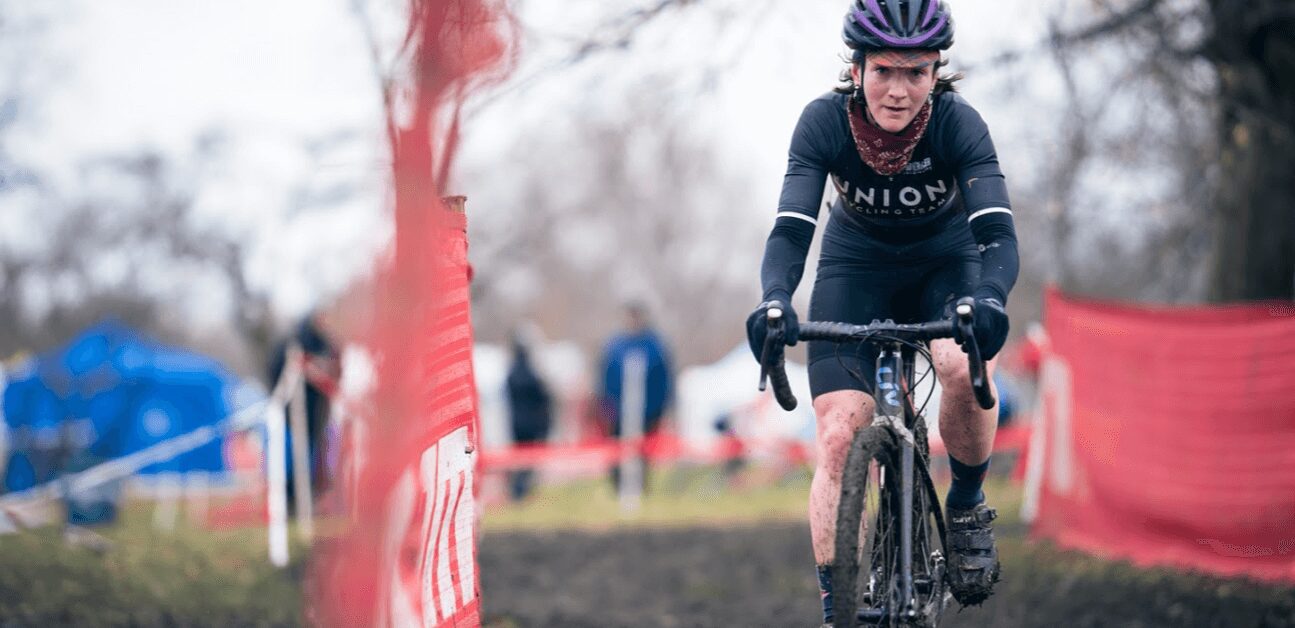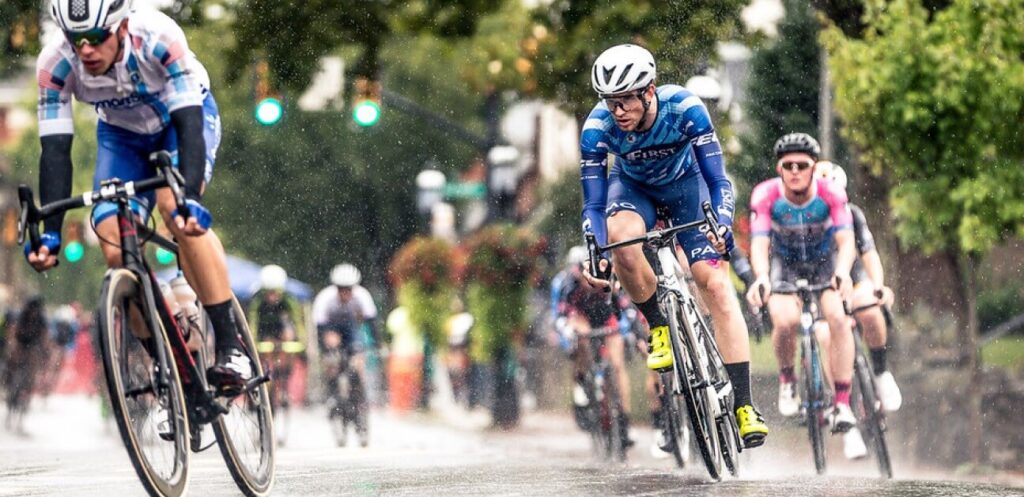Tips for Low-Volume Training From the Successful Athletes Podcast

The flexible yet progressive structure of the low-volume training plan is perfect for a variety of experience levels and schedules. To help you get the most out of your low-volume plan, here are five tips from TrainerRoad athletes who have used a low-volume training plan to get faster.
1. Add Skills Work on the Weekends
Cyclocross racer Laura Alagna uses a low-volume training plan to achieve her fitness goals without compromising the skills she needs to race Cyclocross. With just three structured workouts each week, Laura can get all of her structured training done on the weekdays after work. With her weekends free, she can integrate off-road skills work on Saturday or Sunday. This approach gives her the structure she needs to progress her fitness and her bike handling skills. As an added bonus, Laura usually has time for a fun group ride on the weekends.
Low-Volume Tip: Completing your three structured workouts during the week gives you time to integrate skills training or a social ride on the weekend.
2. Consistency First
While athlete Michael Brophy knows he could handle a mid-volume plan, he’s not sure he has enough time in his schedule to finish all five mid-volume workouts consistently. Instead of opting for mid-volume and skipping workouts, Michael prioritizes consistency with the low-volume plan. Michael’s goal is to nail all three workouts in his TrainerRoad training plan, then add extra rides when his schedule allows it. This approach has kept Michael consistent with his training and helped him reach five watts per kilogram.
Low-Volume Tip: If you’re considering two different training volumes, choose the one you know you can consistently complete. Consistency over time is easier to maintain, and it often yields better results than intermittent spurts of high volume.
Adaptive Training
Get the right workout, every time with training that adapts to you.
Check Out TrainerRoad3. Move Scheduled Workouts
Jon Kaslow has a job that frequently keeps him at the office working late. Even with time set aside to train in the evening, Jon doesn’t always have time to get his training done. Instead of skipping workouts when life is busy, Jon uses the room in his plan to adjust scheduled workouts on the fly. Being committed to moving his workouts in his low-volume plan helps Jon stay consistent with his training progression and skip as few workouts as possible. This consistency over time has paid off, and Jon has raised his FTP by 80 watts.
Low-Volume Tip: When other commitments prevent you from training, try to move your scheduled workouts on the fly. It isn’t always the perfect solution, but you may end up completing a workout you would have otherwise skipped.
4. Add Strength Training
Doug Moore’s significant improvements with a low-volume plan made him consider whether he could gain even more by increasing his volume. After some consideration, Doug didn’t see how he could add extra riding to his busy schedule without sacrificing valuable recovery time and ultimately training consistency. Instead, Doug decided he’d stick to the low-volume training plan and integrate strength training into his training plan using the additional time and energy he did have.
Low-Volume Tip: If you have extra time to dedicate to training, but don’t have the bandwidth to nail mid-volume, consider dedicating that additional time to an off-the-bike maintenance activity like strength training, yoga, or mobility work.
Strength Training Resources
5. Take Advantage of Recovery Days
When Lydia Gould started her first low-volume Build phase she found that the VO2 Max workouts were particularly challenging. Through progressive training and plenty of recovery in between the hard workouts, Lydia was able to progress her VO2 Max capabilities and get faster. Now with an increase in FTP and more experience under her belt the VO2 Max workouts are much more manageable. While the progression of the workouts helped her reach this point, Lydia also followed her plan to a tee and didn’t compromise recovery time in-between those tough Build sessions.
Low-Volume Tip: Take full advantage of the rest days in-between your workouts when you’re completing a challenging block of training. Adding skills work, maintenance, and even additional workouts can be beneficial but it’s important to remember that rest and recovery are the keys to becoming a faster cyclist.

